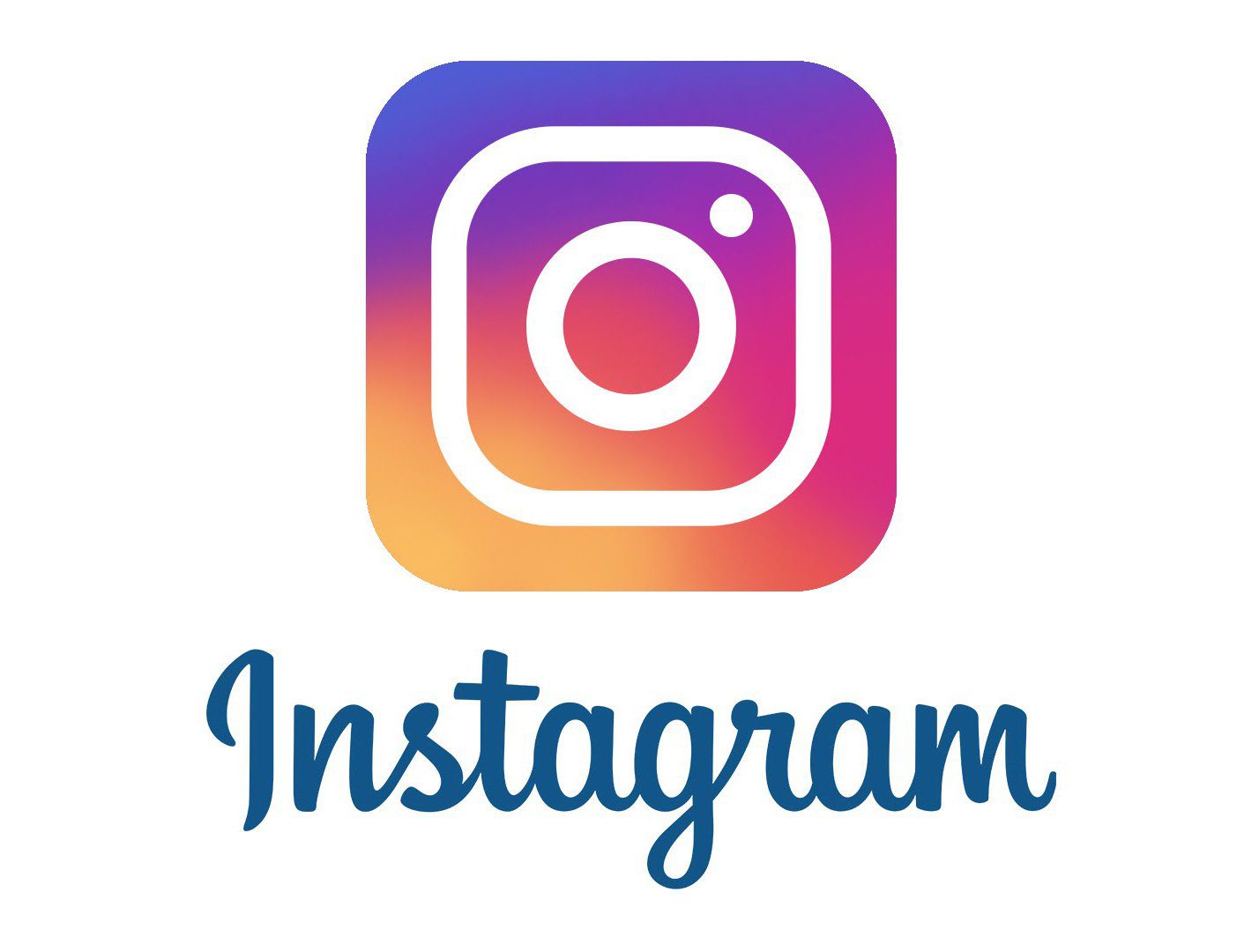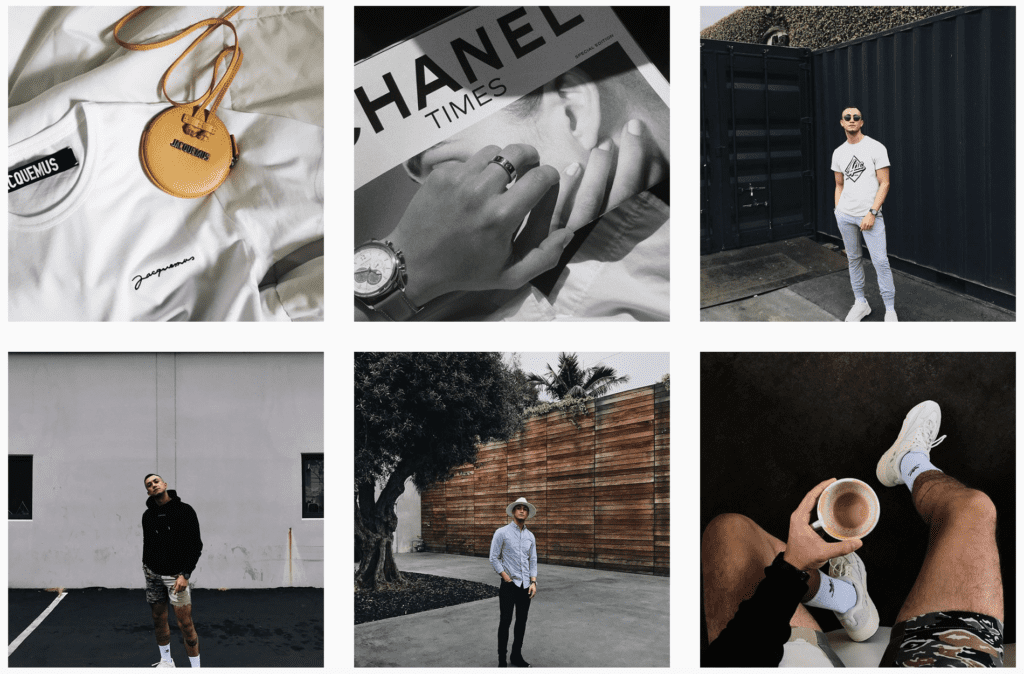Instagram understands the appeal—and power—of influencers, and is releasing a new feature, Branded Content Ads, that helps businesses capitalize on that appeal. As Instagram announced in a blog post, Branded Content Ads makes it possible for businesses to use Ads Manager to promote branded content as an ad in their Instagram feeds. Furthermore, businesses can use targeting tools to specify demographics and measure the results: who’s responding, and how many people read the post. Branded Content Ads is a win-win for both advertisers and influencers, especially micro-influencers.
A Win-Win
By tapping into the authenticity of influencer content, and the buzz that content can create, businesses stand to create more awareness for their brand or product. This new tool is especially suited to companies who already know how to work with micro-influencers, such as Swedish watch-maker Daniel Wellington, which already has a strong micro-influencer outreach and does little traditional advertising at all. In a recent micro-influencer campaign, the company thought outside the box and reached beyond lifestyle and fashion Instagrammers to partner with pet lovers. The result? An account that focused—successfully—on the Internet community’s love for cute animals. Pet owners shared images of themselves and their favorite animal friend, with a Daniel Wellington watch always prominently featured somewhere in the mix. Branded Content Ads will provide a company like Daniel Wellington one more tool to work with by allowing the company to take an influencer’s organic post (with the permission of the influencer) and share that post as branded content on the Daniel Wellington Instagram account. Branded Content Ads will also make such a campaign easier to manage and track.
Of course, influencers also benefit from the larger audience that can result from business/influencer collaboration. And because the new Instagram feature allows businesses to target a specific audience and use performance measurement tools to track response, influencers might not only grow but even make some discoveries about their personal brand in the process. This is especially relevant to micro-influencers looking to expand their reach. Consider someone like Christian Caro, a top micro-influencer whose roughly 6,000 followers track his exuberant photos of life in So-Cal.
If he wanted to grow his audience beyond his current Instagram followers, he could capitalize on this new feature and partner with a brand dedicated to topics such as lifestyle, food, or fashion, which overlap with his photography. By contrast, a mega influencer such as Kim Kardashian West, who has 141 million followers, may not benefit as much from this program because she’s clearly doing just fine building an audience on her own.
Keeping It Real
Instagram has laid out specific instructions to help businesses and influencers work together and maintain transparency. Steps include:
- Businesses must grant permission for the influencer to tag their business in the influencer’s branded content post.
- As noted, businesses must secure permission from the influencer to promote the post as an ad.
- Once an ad is created, it is reviewed and approved by Facebook, after which it will appear in the Instagram feeds of the designated audience. Note that businesses won’t be able to manage or delete likes and comments that appear on a promoted branded content post.
- Once an ad is live, businesses will have access to standard ad reporting metrics.
Eager to learn more about how your business can work with Instagram—and influencers? Contact us.

